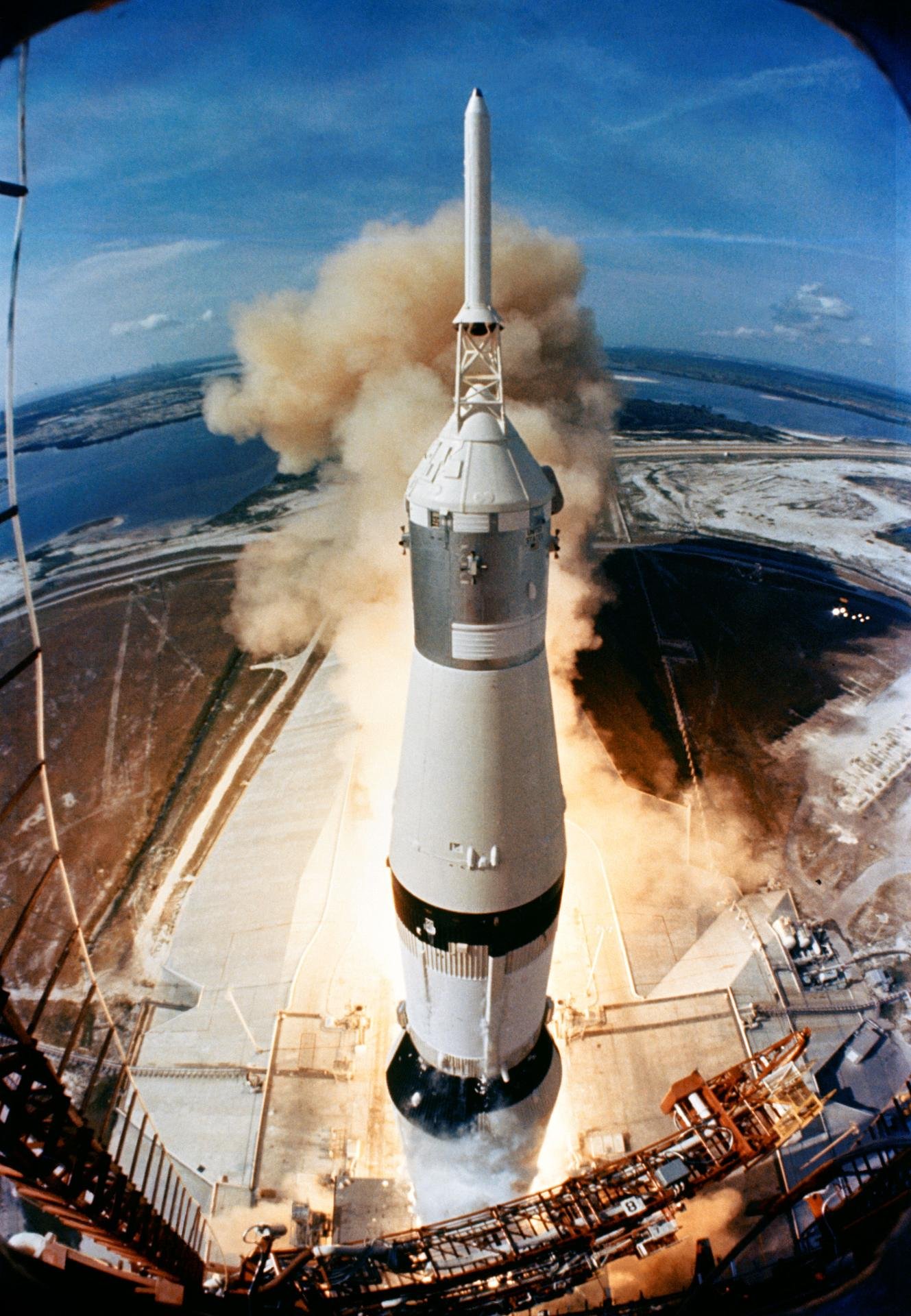
It’s 1970, and the world is burning.
The globe is divided by the Cold War, and both the United States and the U.S.S.R. are determined to win the Space Race. Recently the U.S. has pulled ahead after successfully landing the first men on the moon with the Apollo 11 and 12 missions. Apollo 13 is set to cement America’s dominance.
Two days into the mission and 205,000 miles away from Earth, the unthinkable happens.
On Earth, high in the western sky, onlookers witness a tiny flare of light exploding in space. In some ways, it looks like a twinkling star.
Meanwhile, at the Manned Spacecraft Center, near Houston, Texas, the glow is spotted by several engineers who are tracking the Apollo 13 spacecraft, which launched two days before and is now a day away from its scheduled moon landing. These engineers know the terrible meaning of this strangely beautiful sight...

An explosion rocks the Odyssey spacecraft, taking out both engines of the command module and crippling the life-support system. Astronauts Jim Lovell, Jack Swigert, and Fred Haise are left hurtling through space, with no plan for how to get back.
In an instant, the mission changes completely. All that matters now is staying alive.
The crew retreats to the lunar module. Talking urgently with Houston, a plan is formed: they will sling across the moon and use the resulting thrust to start a harrowing five-day journey back to Earth. With temperatures in the module below freezing, water supplies running low, and one crew member seriously ill, the odds are stacked against them.
While we watch these five days unfold chronologically, we will go back and forth in time to unravel the many other consequential threads that are a part of this story.
Before the mission: the sick astronaut who had to be replaced just two days before liftoff, the bad omens around the number 13 that kept adding up, and the origin of the malfunction that would ultimately derail the mission. Then after: the investigation into what caused the nearly disastrous error, the immense impact it had on NASA and the astronauts, and the end of the moon-landing program, which would complete its final mission just two years later.

But the film will end with the astronauts returning to Earth, where they discover that the whole world was watching their flight back... waiting to see if they’d make it home alive.
NOW IS THE TIME TO RETURN TO THE SUCCESSFUL FAILURE OF APOLLO 13.
As hard as it is to believe, December 2022 will mark 50 years since the last time we set foot on the moon, and at this crucial anniversary, we risk forgetting just how pivotal, heroic, and important the Apollo program really was.































